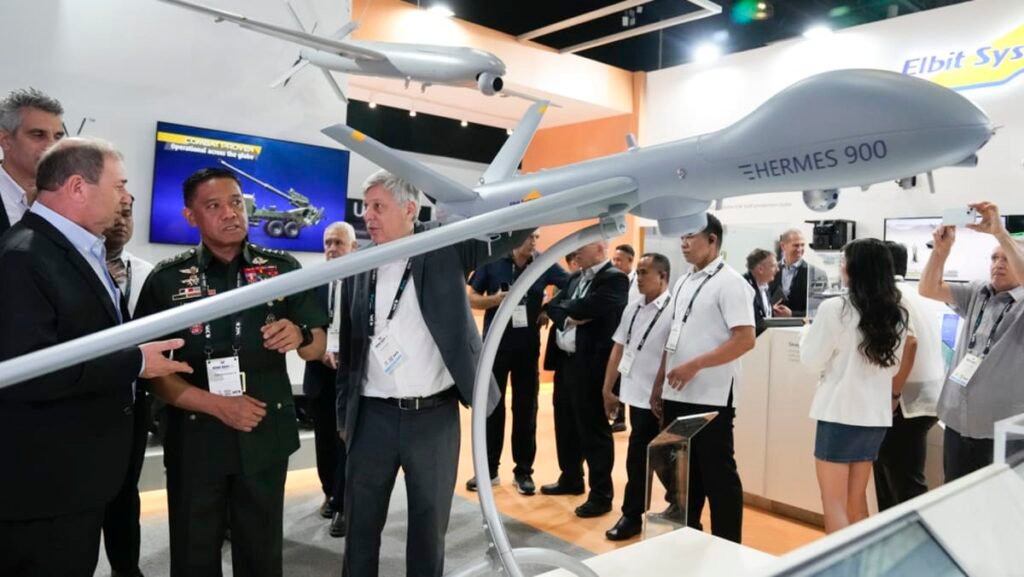Global defence contractors recently displayed their advanced hardware at an exhibition in Manila, reflecting the Philippines’ ongoing efforts to modernize its military amidst escalating tensions in the South China Sea. With companies like Lockheed Martin, Saab, Rafael, and BrahMos showcasing military technology, a total of 291 firms participated in the event. The Philippines has allocated a substantial budget of US$35 billion over the next decade for this military buildup as it faces off against China in sea and air confrontations over contested areas in the South China Sea.
According to Chester Cabalza, president of the International Development and Security Cooperation think tank, the Philippines is seen as an emerging market for the defence industry. The exhibit in Manila demonstrated the support of like-minded nations, many of which are allies of the Philippines. Under President Ferdinand Marcos Jr, the Philippines has expanded its security partnerships beyond traditional ally the United States to include countries like Japan and Australia, which are also concerned about China’s increasing regional influence.
Former assistant defence secretary Jesus Avilla emphasized the importance of modernization to develop a credible defence force, regardless of specific strategic issues with China. The Philippine military is currently focused on acquiring advanced assets such as fighter jets, submarines, and missile systems in the third phase of its long-term effort to enhance territorial defence and maritime security. While the United States remains a key supplier of military equipment, the Philippines has broadened its defence procurement to include countries like India, Israel, Poland, South Korea, and Türkiye.
The Asia Defence and Security (ADAS) exhibition showcased new companies and participating nations like Britain, France, and Japan, underscoring Manila’s expanding role in regional security. Avilla noted the urgency of modernization as strategic challenges now encompass economic and food security in addition to traditional security concerns. The South China Sea, with its vital resources and strategic significance as a major shipping route handling over US$3 trillion of annual commerce, is at the center of the Philippines’ focus on strengthening its military capabilities.
Amidst China’s claims to almost the entire South China Sea, which are contested by Brunei, Indonesia, Malaysia, the Philippines, and Vietnam, the Philippines is seeking to bolster its territorial defence and maritime security. By diversifying its sources for military equipment and strengthening partnerships with various nations, the Philippines aims to enhance its defence capabilities and ensure security in the region. The recent display of advanced military hardware at the exhibition in Manila is part of the Philippines’ broader efforts to modernize its military and address the evolving security challenges in the South China Sea and beyond.

